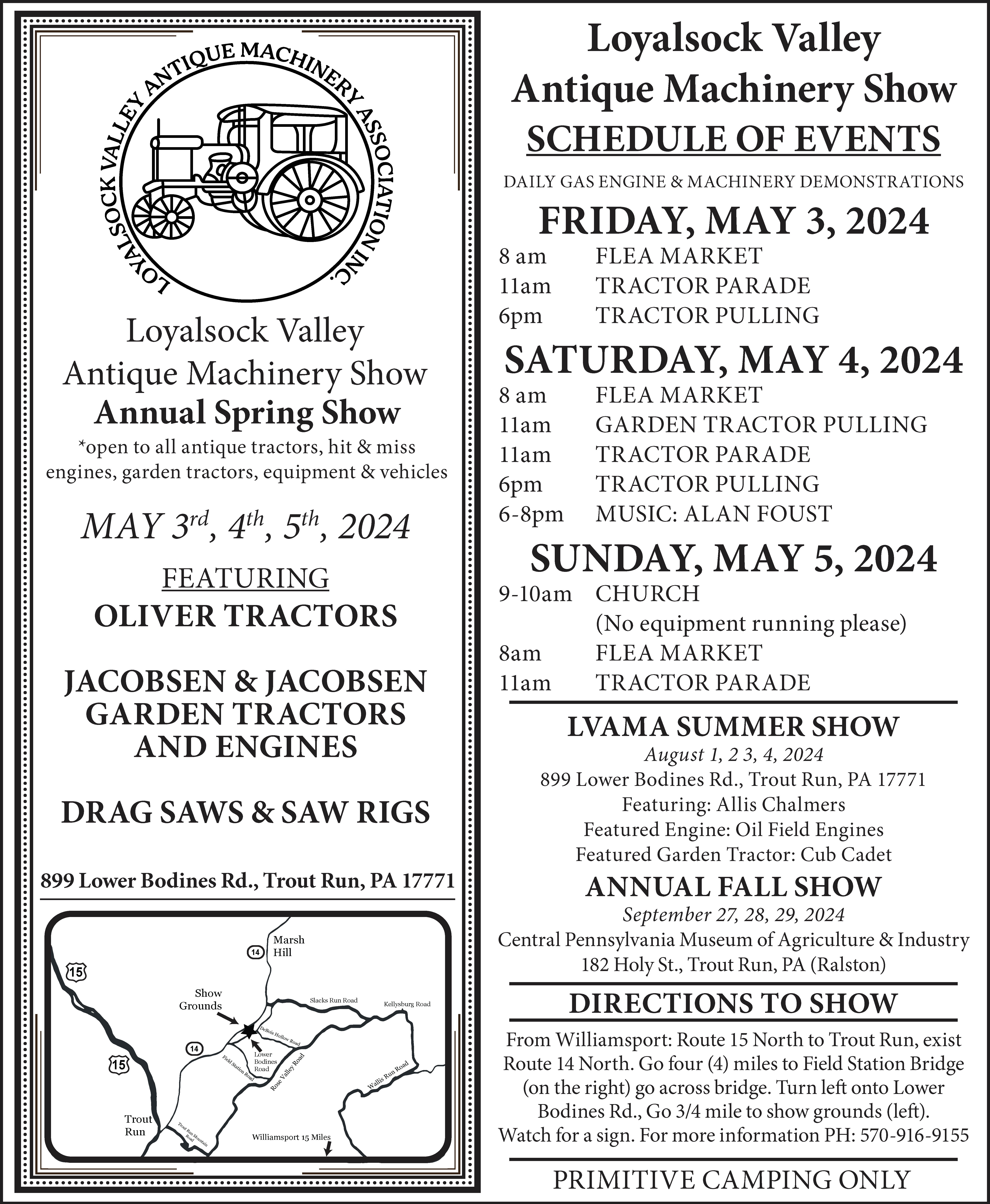With the warming trend of spring, comes some of Mother Nature’s great wonders. It is the season for birth throughout our fields and forests, and with it, we need to be aware of the necessary cautions that we should all observe. Turkey hunters are often pleasantly surprised to come across a fawn during their pursuit of spring gobblers, and all of us may have the opportunity to watch newly born birds and animals in the next few weeks.
Fawns, in particular, always seem to inspire such a great feeling of joy as we watch them interacting with the mother in their first weeks of life. Their initial unsteadiness vanishes in just a few days as they gain strength and agility. It is not long until we can watch in amazement as they run back and forth helter-skelter with what seems like boundless energy!
But, it’s that time of year when we need a gentle reminder that Mother Nature has things well in hand and doesn’t need interference by any well-intended humans. In the next several weeks, young of all kinds will come into this world — from baby birds to those oh-so-cute fawns with their big brown eyes and beautiful white spots!
All of these magnificent young birds and mammals are wonderful to observe but need to be watched from a distance. If you get too close, the newly born or weeks old young can panic — causing young birds to drop from a nest or young mammals to flee from their hiding spot and put themselves in danger of predation. Take photographs if you want, but do so from a distance so as not to put the subjects in danger.
Probably the most encountered young of any species is the fawns of the whitetail deer. Their birth is underway and will continue for several more weeks. During the initial phase of a newly born fawn’s life, it has no scent. This helps prevent predation during this early phase while it develops the strength in its legs to (hopefully) outrun any predators that cross its path. By the time it develops its scent, it should have the strength and stamina to outrun anything that is searching for it for its next meal.
Among all its predators, the black bear takes more fawns every spring than do any of the others. This is a fact that many have difficulty accepting, but studies here in Pennsylvania and in other states support that fact. For those of you who spend time in the outdoors, you may have wondered why there are more black bear sightings this time of year. It is because they are out cruising fields and woodlots in search of fawns, and they will do so in daylight hours as well as nighttime.
On more than one occasion, I have witnessed this bear activity. Several seasons ago, I watched two large (about 300 pounds each) bears slowly sauntering across a fallow grass field, staying about 40 to 50 yards apart as they cased their path in search of a fawn. I often wondered just how friendly or sharing they would be if their joint efforts produced a fawn, and they were subjected to possibly sharing their discovery. Additionally, I recall sleeping with my window open and rapidly sitting up in bed as I was awakened to the loud cry of a fawn in the early morning darkness as a bear must have discovered it. The thought of what must have been happening was not pleasant, but it was the reality of a typical act in nature.
What should one do if you came across a fawn in the wild? First, realize that it is NOT abandoned. There is little doubt that the mother is nearby — hiding and watching you from a safe distance. Once you leave, she will return to feed and care for her young. So, enjoy watching for a few moments, take pictures if you want, but don’t stay too long and don’t get too close. The last thing you want to do is frighten the fawn from its bed only to be spotted by a nearby predator!
If you are lucky enough to encounter a young bird or animal, appreciate the fact that you have made such an observation and enjoy this brief time of seeing something most folks never have a chance to see.




Leave a Comment
Your email address will not be published. Required fields are marked with *